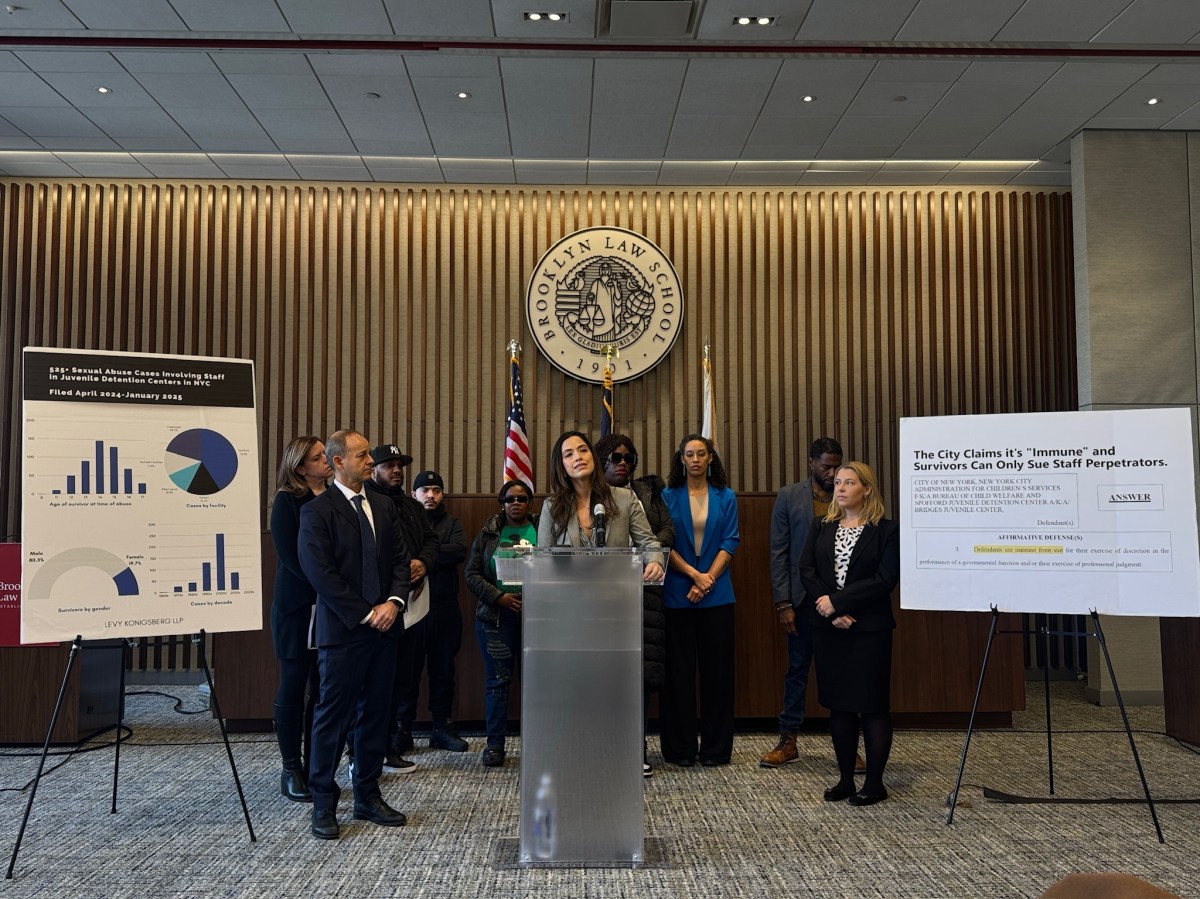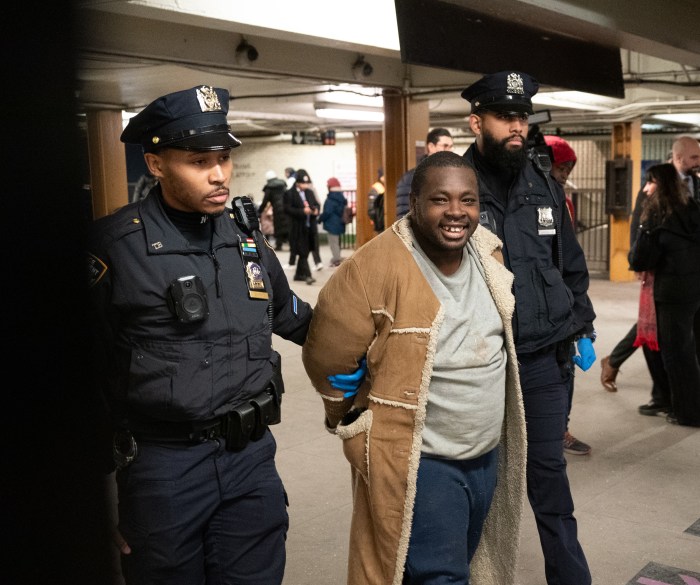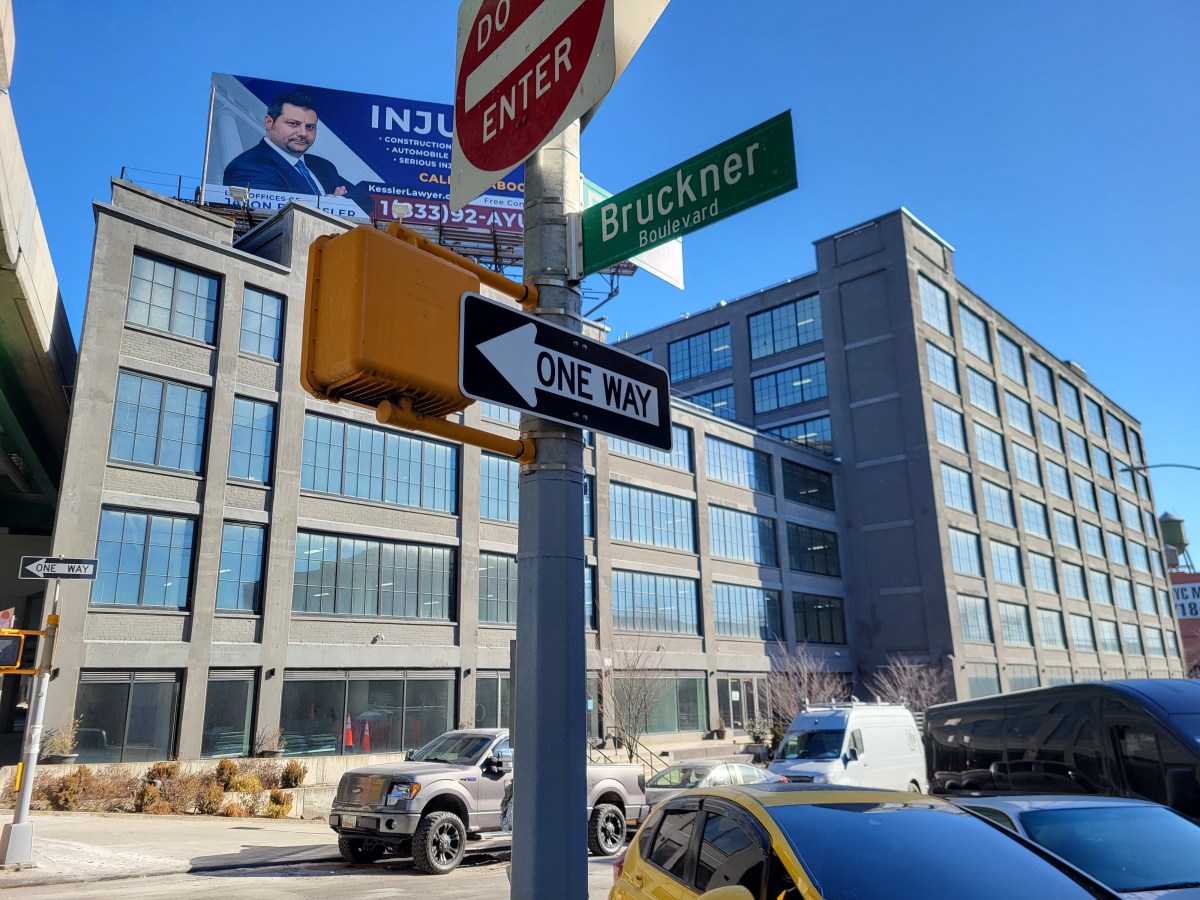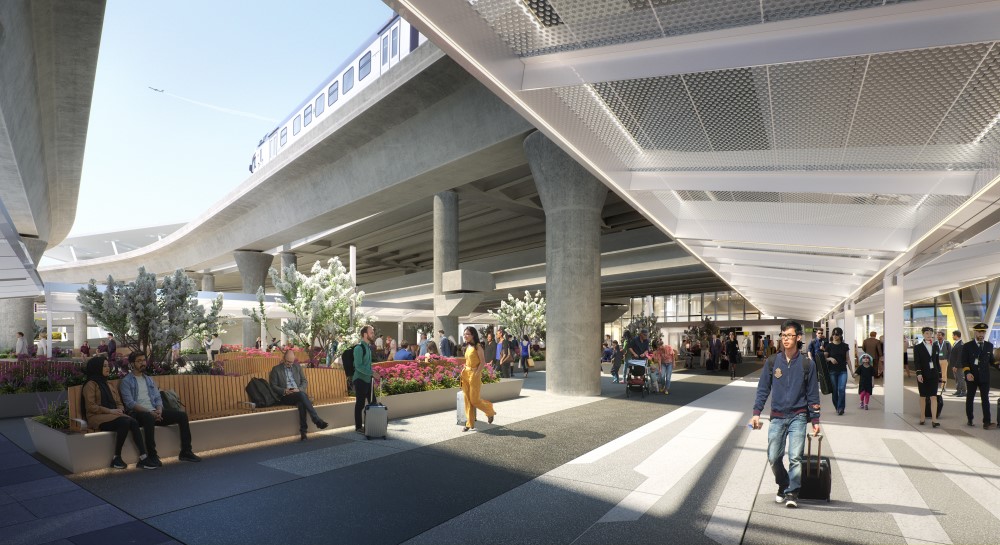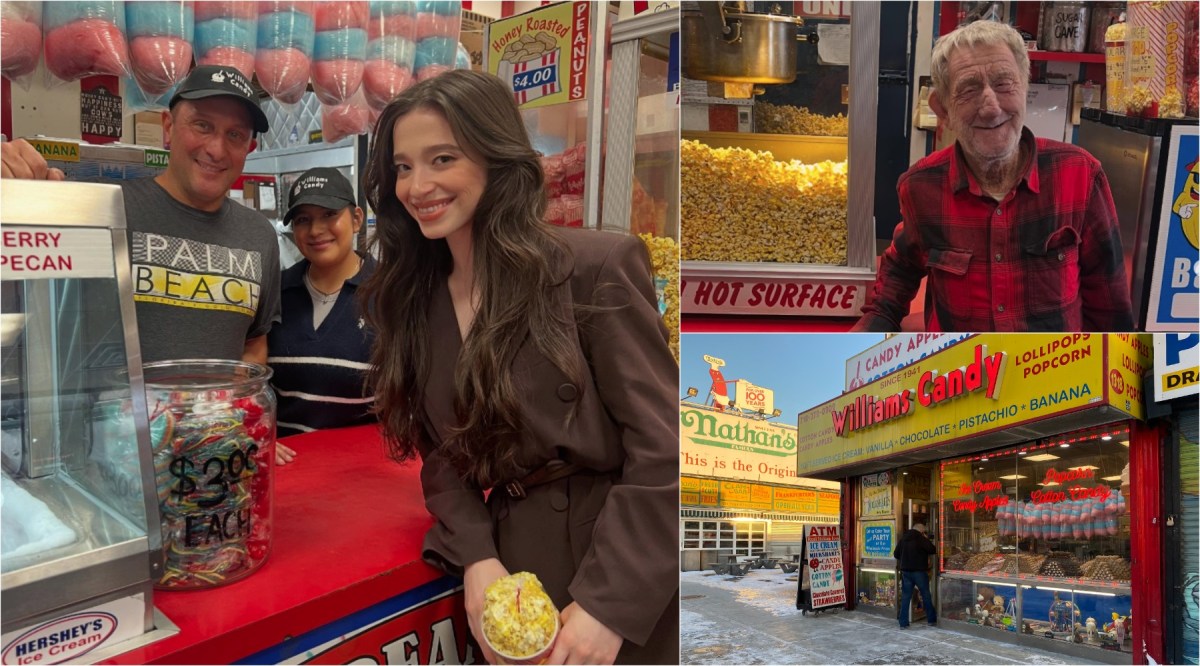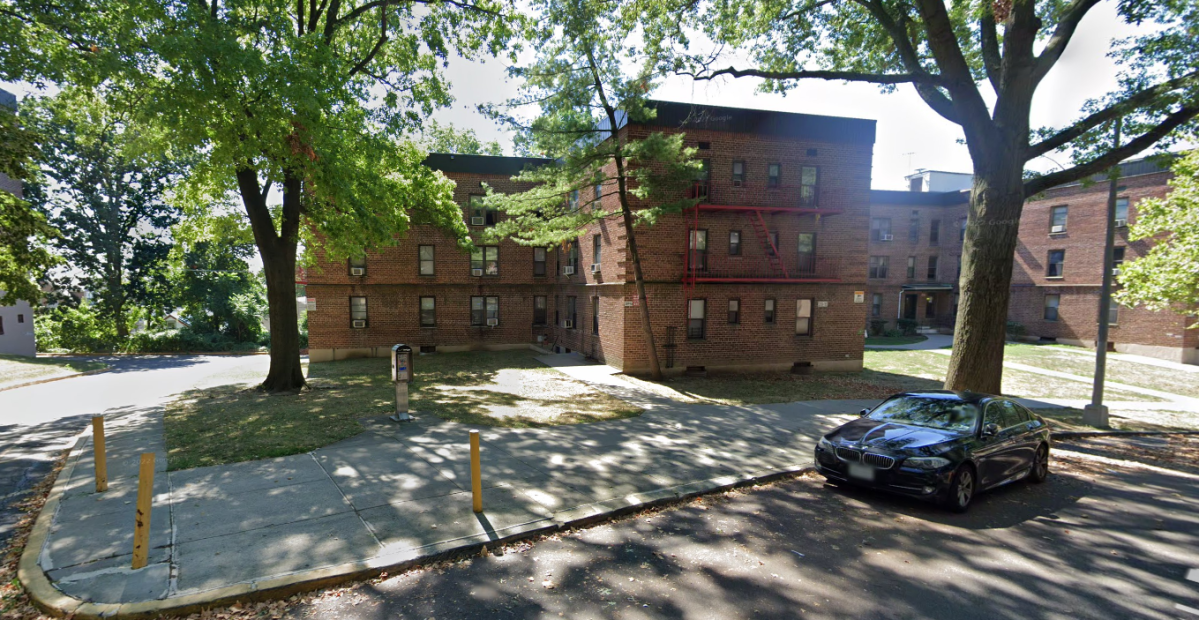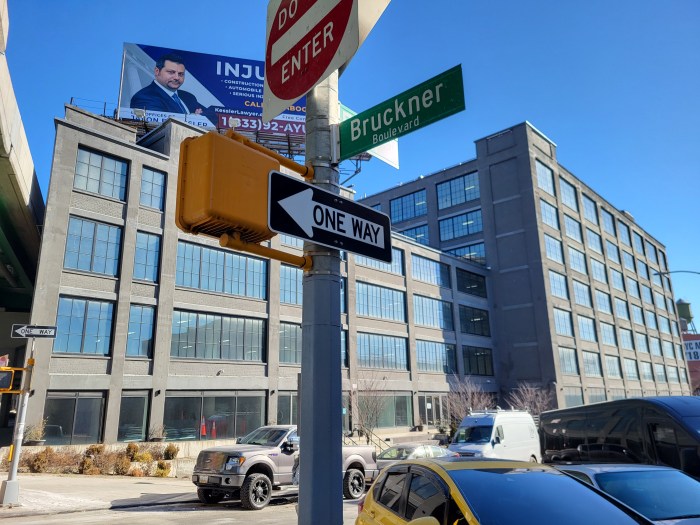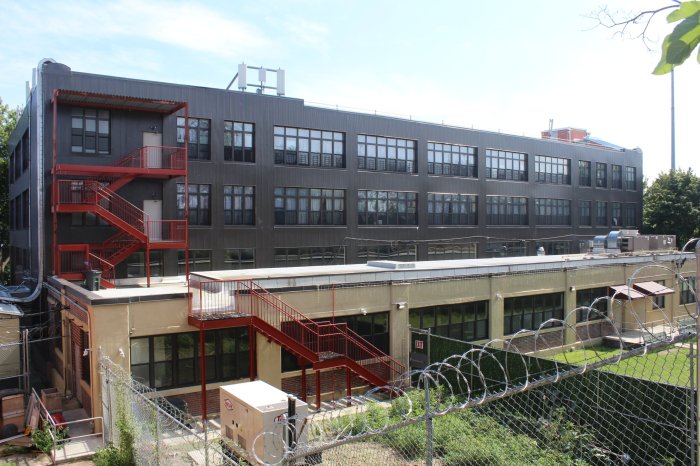-
 Tre Sorelle
Tre Sorelle
61 Reade St.
Dine on classic Italian cuisine, including oven-brick pizzas and more than a dozen pasta dishes.
Tribeca’s Kitchen
200 Church St.
Serves American classics made with organic ingredients. The cafe also features gluten-free options and a boozy brunch on weekends.
Bubby’s (pictured)
120 Hudson St.
This comfort food restaurant and pie shop has been a neighborhood staple since Thanksgiving Day 1990.
” data-id=”112795908″ data-link=”https://amnewyork.wpengine.com/wp-content/uploads/2019/10/20257_image.jpg” class=”wp-image-1.12795908″/>
Photo Credit: Anthony Lanzilote -
 Mudville 9 (pictured)
Mudville 9 (pictured)
126 Chambers St.
A family-owned sports bar since 1977, with a wide variety of bottled and tap beers and beers, to pair with chicken wings and other bar food.
Tiny’s and the Bar Upstairs
135 W. Broadway
Choose from a number of dessert wines, beers and cocktails like The West 12th (vodka, mint, cucumber, lemon) at this historic bar housed in a building constructed in 1810.
Haus NYC
258 W. Broadway
Enjoy a fancy night out at this three-floored night club.
” data-id=”112795909″ data-link=”https://amnewyork.wpengine.com/wp-content/uploads/2019/10/13589_image.jpg” class=”wp-image-1.12795909″/>
Photo Credit: Anthony Lanzilote -
 Trinity Boxing Club (pictured)
Trinity Boxing Club (pictured)116 Duane St.
Learn how to throw punches like a pro in private and group lessons.
Washington Market Park
Greenwich Street between Duane and Chambers streets
Play basketball, take a stroll through the community garden or attend a concert in the warmer months.
Tribeca Performing Arts Center
199 Chambers St.
A family-friendly venue that features musicals, dance and children’s theater.
” data-id=”112795987″ data-link=”https://amnewyork.wpengine.com/wp-content/uploads/2019/10/25688_image.jpg” class=”wp-image-1.12795987″/>
Photo Credit: Anthony Lanzilote -
 A Uno Tribeca (pictured)
A Uno Tribeca (pictured)
123 W. Broadway
Find an eclectic collection of women’s clothing from international designers, ranging from Bohemian chic fabrics to modern sportswear.
Best Made Company
36 White St.
Manhattan’s adventurers can shop for camping equipment and travel gear.
Babesta
56 Warren St.
A baby boutique featuring toys, clothes strollers and furniture for the little ones.
” data-id=”112796010″ data-link=”https://amnewyork.wpengine.com/wp-content/uploads/2019/10/13590_image.jpg” class=”wp-image-1.12796010″/>
Photo Credit: Anthony Lanzilote -

Photo Credit: Samantha Wieder -

Photo Credit: Anthony Lanzilote -
 A boom in new development high-rises in TriBeCa has locals concerned that the neighborhood, which is primarily known for low-rise loft spaces, is losing its charm.
A boom in new development high-rises in TriBeCa has locals concerned that the neighborhood, which is primarily known for low-rise loft spaces, is losing its charm.
“[The new high-rises] have definitely changed the character of the neighborhood,” said Elizabeth Lewinsohn, who chairs the local Community Board 1 and is a nine-year TriBeCa resident. “We have more people [living here] now. It also has changed physically the way our community looks as well.”
The community board encourages developers to add public amenities to meet residents’ needs, she said.
For example, 111 Murray St., a 64-story glass condo tower that is slated for completion in 2018, will feature a landscaped public plaza.
However, 56 Leonard St. — a 60-story steel and glass skyscraper on which construction began in 2008 but was put on hold during the recession and finished this spring — has some locals disgruntled.
The condo building is informally known as “the Jenga tower” as its floors are stacked jaggedly.
“[My neighbors and I] hate it,” griped Sardi Klein, 67, a photography professor at the School of Visual Arts and TriBeCa resident since 1978. “All these giant high-rise buildings don’t go with the style of architecture in the neighborhood.”
But sales at 56 Leonard were highly anticipated, partly due to the views available from its height, and also because it was designed by award-winning architects Herzog & de Meuron, according to Elizabeth Unger, a broker with Corcoran who manages sales for the building.
In 2013, the project sold 90% of its units in just nine months, she said.
” data-id=”112796015″ data-link=”https://amnewyork.wpengine.com/wp-content/uploads/2019/10/25689_image.jpg” class=”wp-image-1.12796015″/>
Photo Credit: Anthony Lanzilote -
 In 1979, Sharon Hershkowitz and her late husband Jerry started selling balloons out of their living room. Eventually, the business turned into Balloon Saloon, a quirky store at 133 West Broadway that also sells party supplies, vintage toys and gifts that opened in 1981. Three decades later, Hershkowitz, 60, now runs the store with her daughter Tiffany, 37. Both are TriBeCa residents.
In 1979, Sharon Hershkowitz and her late husband Jerry started selling balloons out of their living room. Eventually, the business turned into Balloon Saloon, a quirky store at 133 West Broadway that also sells party supplies, vintage toys and gifts that opened in 1981. Three decades later, Hershkowitz, 60, now runs the store with her daughter Tiffany, 37. Both are TriBeCa residents.
What’s it like running a family business in TriBeCa?
When I was a little girl and I went shopping with my mom, I knew the fish guy, the butcher, the person I got my cookies from. I said “hello,” I mentioned my name. I do the same thing with kids who come into my store. It’s not like they’re coming into Duane Reade and nobody knows who they are or cares. It’s just so different. I’m really blessed like that to be able to give them that kind of feeling of an old-school store where they actually see the same people over and over again.
Have you had any interesting customers?
Leonardo DiCaprio came in for a chess set and he was wearing a woolen hat over his head and glasses and he had a bike. I tell you, I didn’t even recognize him because he was a wearing a hat. …There are so many celebrities that come in.
What was this area like when you got started here?
When first settling into the neighborhood in the’80s, all the lofts were occupied by artists and blue-collar city workers. The neighborhood had no families. … There were no high-rise buildings, no schools, no cleaners, no exercise studios, no nightlife. The neighborhood shut down with the 5 o’clock whistle.
Do you expect big changes in the next decade?
I’m assuming all the cute, small stores that make a neighborhood a friendly place will be boarded up due to the internet and replaced by high-rise condos if the streets are not landmarked.
” data-id=”112795910″ data-link=”https://amnewyork.wpengine.com/wp-content/uploads/2019/10/13594_image.jpg” class=”wp-image-1.12795910″/>
Photo Credit: Wendy Lu
TriBeCa is a small, peaceful neighborhood with beautiful buildings and plenty of family-friendly amenities.
It is also one of the most expensive places to live in Manhattan.
In 2015, the median sales price in TriBeCa, which is short for the “Triangle Below Canal Street,” was $3.69 million, according to the listings site StreetEasy.
To put that in perspective, the median for the borough as a whole last year was $985,000.
The median rent in TriBeCa was $5,900 in 2015, StreetEasy found, while Manhattan’s was $3,195.
But the hefty price is worth it, according to Tony Lorenzo, a former real estate broker who has also been a guide with Walk NYC Tour for 30 years.
“[Residents] have a lot of money,” he said. “They can live anywhere. They choose to live here.”
With just a stroll through the area, it’s easy to see why.
TriBeCa boasts beautiful cast-iron architecture — like the Cary Building at 105-107 Chambers St., which was built 1915 — along with art deco and beaux arts-style iron balconies, brick walls and decorative exteriors.
And though it’s in bustling lower Manhattan, its wide streets and sidewalks give the neighborhood a spacious feeling.
“It’s noticeably different from the rest of [Manhattan],” said Lorenzo, who moved to TriBeCa in the fall of 2001. “Walk into Times Square or Rockefeller Center or SoHo, and you know you’re in the city — the streets are congested — but the moment you creep into TriBeCa the weight of the city is off your back.”
It also as a surprising amount of green space for such a tiny nabe, from Washington Market Park on Chambers Street, which has multiple sports courts and hosts free concerts, to the smaller Duane Park by Hudson Street.
Residents of nearby areas head here to dine and shop.
Mom-and-pop businesses are common, such as Torly Kid, a children’s apparel and accessories shop at 51 Hudson St., and The Mysterious Bookshop at 58 Warren St., though chains are also available, like American Apparel at 140 W. Broadway and Target at 255 Greenwich St.
“There are some great places to eat, like Takahachi,” a Japanese restaurant at 145 Duane St., added Jessi Kurland, 30, a six-year resident who works in fashion. “They know my and my husband’s names. They have our order down — I love their tofu steak, their salmon avocado hand rolls.”
Due to its plethora of amenities, it’s no surprise that TriBeCa is a popular place to live for young families and professionals who work in the Financial District.
On a recent Saturday afternoon, half of the tables in Landmarc, a French restaurant at 179 W. Broadway, were filled with parents and children.
A few minutes away at The Odeon, a bistro at 145 W. Broadway, there was a sign offering stroller accommodations.
Fred Mwangaguhunga, 42, moved to TriBeCa six years ago to raise his family.
“They have a lot of good schools and daycare,” in the neighborhood, Mwangaguhunga said on a recent afternoon after shopping for a birthday gift at Boomerang Toys, an educational toy store at 119 W. Broadway. “It’s so family-friendly. It’s almost like you’re living in the suburbs.”
It would be, if it weren’t for TriBeCa’s urban-chic housing stock, which consists of co-ops, condos and mostly luxury rentals like 11-story Powell Building at 105 Hudson St., which was built in 1920.
“The [residential buildings] tend to be really large,” noted Susan Rosenberg Jones, a sales broker with Citi Habitats and area resident since 1984. “You get a lot of lighting and big windows with great views because they’re old factories turned into loft buildings.”
And although it can be pricey to live here, Jones said those who can enjoy plenty of peace and quiet.
On the weekends, a lot of people go away. You could walk around in your pajamas and be comfortable,” she said. “You go to different neighborhoods in Manhattan and it’s very busy on the sidewalks. In Tribeca, it’s like a small town.”




